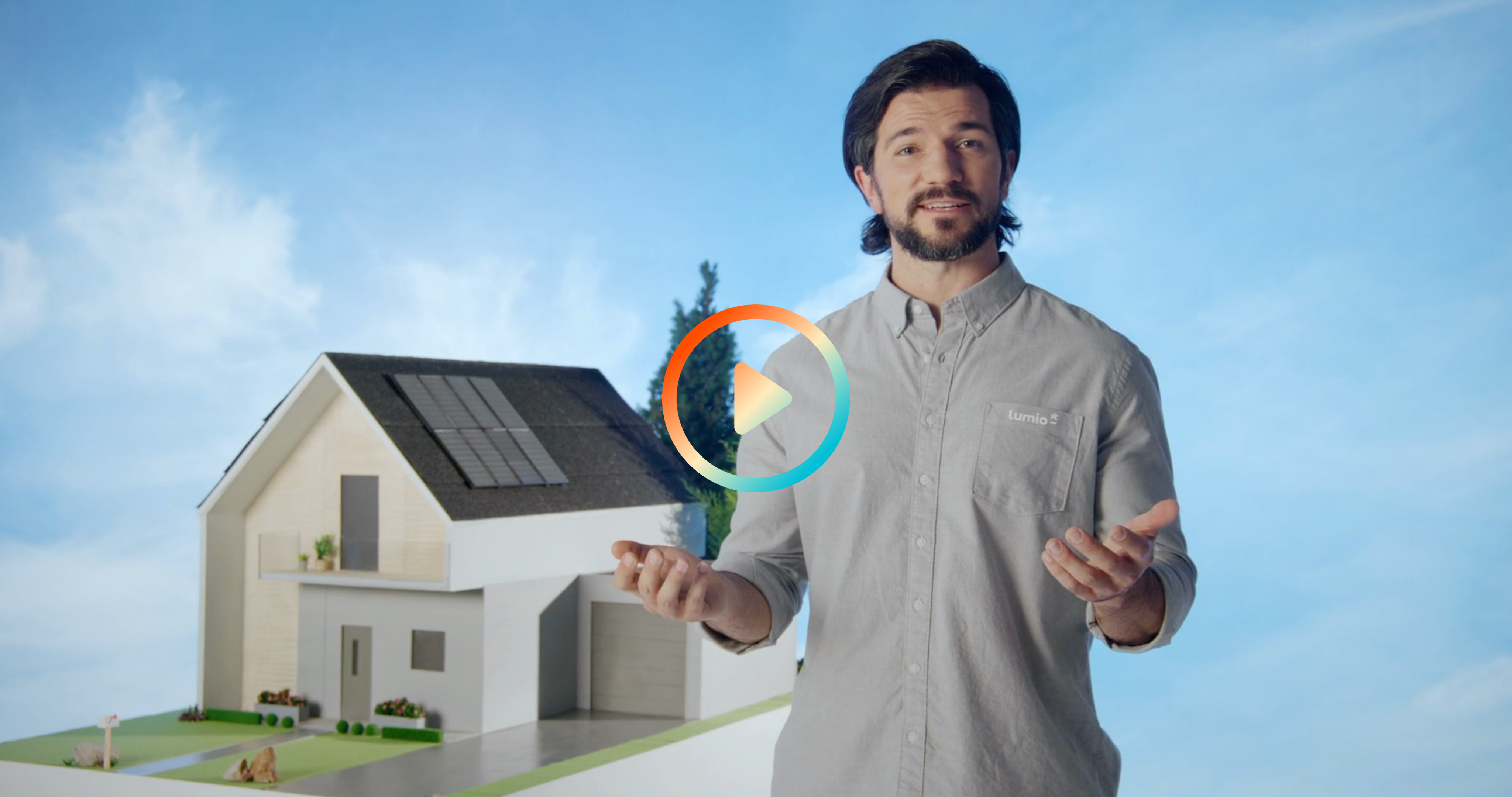The Affects of Panel Orientation
Since we can't move your house we'll have to adjust the panels instead.

by Shane Pack
5 min read - Published on 05/10/2022
While everyone can agree that switching to solar is the right move to save money, or reduce our reliance on power produced by coal (yuck)—the deck is not always stacked in our favor.
It's easy for some homes to switch to solar and not so easy for others. You know how some people, like Usain Bolt, have the genetics to be 6’6” and run like a cheetah? Well, some homes are designed in a way that makes the switch to solar extremely simple and fast, too.
And other times we have to put on our thinking caps and get deep into the math and factor in things like the angle or pitch of your roof, space constrictions, potential shading issues from your neighbor’s giant oak tree, or your home’s angle of orientation to the sun in order to squeeze out every last drop of sun power. Let’s get a little nerdy.
Why Does Orientation Matter?
Solar panels are made of thousands of tiny semiconductors structured in solar cells. When sunlight hits these cells, electrons get excited and create a current and electricity is made.
The sun moves across the sky in a giant arc. In the late mornings and early afternoons on sunny days your roof is blasted with beautiful sunlight. This is when the majority of your solar energy production happens. When the sun rays are blaring down at a 90 degree angle your solar panels are busy pumping out clean, wonderful energy at an incredible rate.
To make sure we maximize the energy production of your solar panels, we need to design a system that is tailored to your location, roof pitch, and orientation so we can most effectively meet your power needs. The first step in this process is to identify the area of your roof that will most efficiently produce power. In the northern hemisphere this is normally the south-facing roof.
Sometimes roof space on the south side of your home might be limited, covered by shade, or otherwise unusable. Don’t worry—this isn’t a deal breaker. Panels placed on other sides of your roof will still generate power, but we may need a few more panels to get you the offset you need.
Can I Have Panels on Other Sides of the Roof?
Solar panels can absolutely be installed on the other sides of the roof. Some homes with larger power demands need to have designs that nearly cover their entire roof, and some homes only need a handful of panels. One size definitely does not fit all!
While the south-facing roofs are ideal because they receive the most direct sunlight during the prime-time hours, solar panels facing the west or north will still produce amazing amounts of power as long as they are not directly shaded by trees.
Our CAD designers will do the heavy lifting when creating the custom plan for your home by maximizing all available space on the south-facing roofs first, the west-facing roofs second, and expanding to the north-facing roofs last.
But why south first? The angle of sunlight hitting your panels will be changing constantly during the day. Panels facing south have the longest amount of direct sunlight where the angle of the sunlight hitting the panels is close to 90 degrees. This results in less sunlight reflected and more sunlight absorbed, and as we learned above, that equals greater power production!
West-facing panels will yield approximately 15% less than their south-facing partners. If we need to place panels facing north those panels will yield approximately 30% less power per panel than the panels facing south. All these different yields will be calculated and maximized as we put together a plan to give you the most efficient system that meets your needs and still helps you save a good amount of money each month.

Benefits of Using a South-Facing Roof for Solar Panels
The best orientation for solar panels installed on homes in the northern hemisphere is true south. This does not mean that your solar panels cannot face other directions. It simply means that it is more advantageous for the panels to be installed on a south-facing roof surface. What are the specific benefits of installing residential solar panels on a south-facing roof?
- South-facing rooftops receive more direct sunlight throughout the year.
- Panels facing east or west may produce up to 15-percent less energy than south-facing panels. Panels facing southeast or southwest may produce up to 8-percent less energy than south-facing panels.
- Since south-facing solar panels will be more efficient, you may be able to offset more of your energy costs with fewer panels which would result in lower monthly bills.
- The ideal angle for solar panel installation on south-facing roofs may be more aligned with the pitch of your roof. In areas where you have snow storms, south-facing panels will see the most sunlight during the day and the snow will be more likely to clear off without any additional maintenance work needed.
- Special mounting systems for a flatter angle mount used on the east or west-facing roofs can be a little more expensive than those used to mount flush with the roof’s pitch on south-facing roofs.
Bottom Line
If you own a home and have a roof, let’s chat. While not every home will qualify, rest assured we’ll do our job to push the limits of math and science and find a way through to the bright side. Now is the time to take this step. Let’s take it together.

